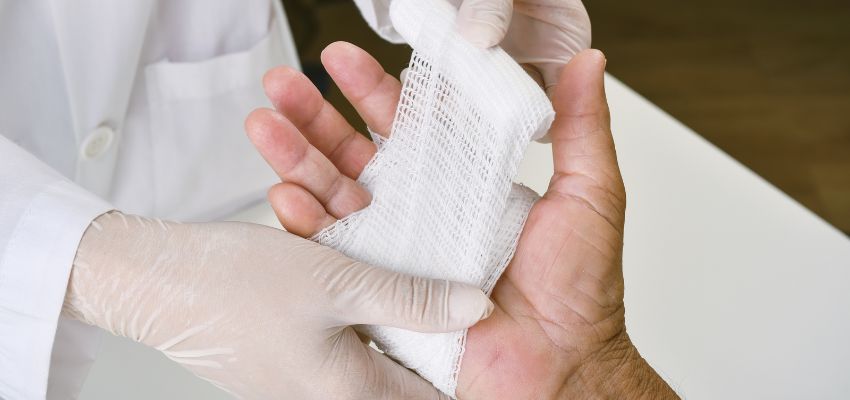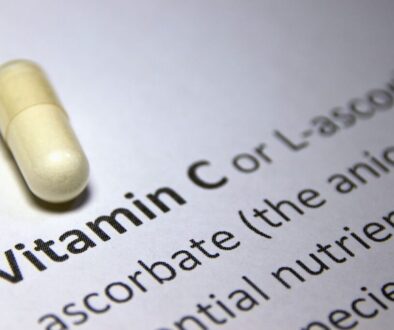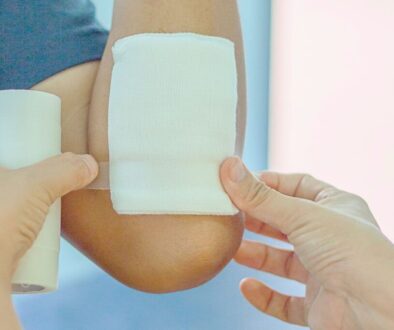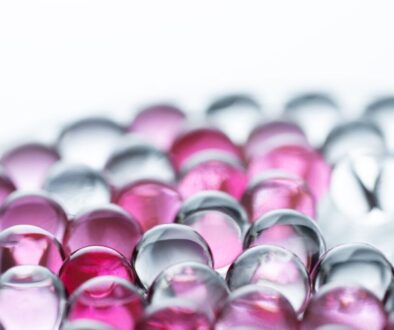Human Amniotic Membrane Allograft: Innovations In Patient Care

What Are Amniotic Tissue Allografts?
Amniotic tissue allografts are made from the amniotic membrane. They’re processed into patch-like forms to retain their natural properties. These allografts help treat wounds by protecting damaged areas and supporting healing.
They create an ideal environment for recovery. Packed with growth factors, cytokines, and anti-inflammatory agents, they enhance wound healing.
Where Does Amniotic Tissue Come From?
Amniotic tissue for allografts is ethically sourced. It comes from healthy women aged 18 to 45 who have delivered full-term, healthy babies via elective cesarean section. Typically discarded, these tissues are instead voluntarily donated with informed consent. Rigorous screening checks for communicable diseases guarantee tissue safety.
FDA Classification Of Amniotic Tissue
The U.S. Food and Drug Administration (FDA) classifies human amniotic tissue as Human Cells, Tissues, and Cellular and Tissue-Based Products (HCT/P). To qualify, the allograft must meet specific criteria. It must be minimally manipulated and serve a homologous purpose. It should also produce a localized effect in vivo without relying on systemic or metabolic activity from living cells.
If an allograft exceeds these limits, it may face different regulations. It could require pre-market approval as a drug, device, or biological product.
Collection And Processing Of Amniotic Tissue
Amniotic tissue is meticulously collected under strict protocols at certified facilities nationwide. After a C-section, the placenta is carefully retrieved, ensuring the safety of both mother and baby. Donor blood is thoroughly tested for diseases, and the tissue is preserved to maintain quality.
The collected tissue undergoes processing in state-of-the-art, industry-accredited facilities. Advanced methods preserve its natural structure, including cells, growth factors, and collagen. The extracellular matrix (ECM) remains intact to support healing and protection. The tissue undergoes strict testing to ensure it’s safe, effective, and viable for medical use.
Ideal Wounds For Amniotic Tissue Allografts
Amniotic tissue allografts are a proven and versatile solution for treating a variety of wounds, including:
- Surgical wounds. These incisions come from open, laparoscopic, or robotic procedures. They heal better with enhanced support.
- Traumatic injuries. Accidental wounds or repetitive strain injuries heal well with regenerative tissue.
- Chronic wounds. Diabetic ulcers and hard-to-heal wounds can benefit from amniotic tissue. Its restorative properties promote healing.
Amniotic tissue allografts have regenerative properties. They provide a reliable and effective way to promote acute and chronic wound care recuperation.
Benefits Of Amniotic Tissue In Wound Repair
Due to its unique biological properties, amniotic tissue is an exceptional option for wound repair. Here’s what makes it so effective.
- Rich in growth factors. Includes key components like fibroblast growth factor (FGF) and epidermal growth factor (EGF). It also includes vascular endothelial growth factor (VEGF) and platelet-derived growth factors (PDGF). These elements promote cell growth and speed up tissue regeneration.
- Supportive extracellular matrix proteins. Includes key proteins like collagen (Types I, III, IV, V, and VII), fibronectin, laminin, and proteoglycans. These proteins provide structural support and promote healing.
- Anti-inflammatory and antibacterial properties. It helps minimize inflammation and protects against infection, creating an optimal environment for recovery.
- Low immunogenicity. Minimizes immune responses, significantly lowering the risk of adverse reactions.
- Anti-fibrotic characteristics. Prevents excessive scarring, promoting smoother and healthier healing outcomes.
Amniotic tissue has been used in medicine for over a century. Extensive research and clinical success support its effectiveness in wound care and repair.
Frequently Asked Questions
Is the collection of amniotic tissue ethical?
Yes, the collection of amniotic tissue is entirely ethical. It causes no harm to either the baby or the mother. The tissue that comes from the placenta is typically discarded after cesarean deliveries. It’s donated by mothers who give their informed consent. Importantly, no fetal harm or sacrifice is involved in the process.
What ECM proteins are found in amniotic tissue?
Amniotic tissue is rich in extracellular matrix (ECM) proteins. These proteins are essential for wound healing and tissue repair. These proteins include:
- Collagen (Types I, III, IV, V, and VII)
- Laminin
- Fibronectin
- Proteoglycans
- Hyaluronic acid
- Tissue Inhibitors of Metalloproteinases (TIMPs)
Together, these components provide structural support, enhance cell adhesion, and create an optimal environment for healing and regeneration.
What growth factors are present in amniotic tissue?
Amniotic tissue is rich in essential growth factors, including:
- Fibroblast Growth Factor (FGF)
- Epidermal Growth Factor (EGF)
- Vascular Endothelial Growth Factor (VEGF)
- Transforming Growth Factor Beta 1 (TGF-β1)
- Platelet-derived growth Factors (PDGF-AA and PDGF-BB)
These factors are crucial for cell growth. They stimulate blood vessel formation and also support tissue regeneration.
How are amniotic tissue allografts stored, and when do they expire?
Amniotic tissue allografts are preserved with advanced methods. Techniques like gamma irradiation help retain their healing properties. These allografts are typically stored at room temperature (15–30°C) and have a shelf life of up to two years when kept under proper conditions.

Transformative Wound Care With Amniotic Tissue Allografts
Human amniotic membrane allografts represent a significant advancement in regenerative medicine. They combine growth factors, structural proteins, and anti-inflammatory properties to promote wound healing. Ethically sourced, carefully processed amniotic tissue allografts provide safe and innovative wound care solutions. Explore how these cutting-edge therapies can transform your approach to healing today.
Heal Ulcers, Burns, & Surgery Wounds With Break-Through Amniotic Allograft Treatments
Experience the future of wound care with our advanced amniotic allograft treatments. Say goodbye to slow healing. Our innovative solutions promote faster recovery from pressure wounds, ulcers, burns, and surgical wounds. Trust the power of science for your healing journey. Regain your comfort and health today! See if you are eligible for treatment here.

About The Author
Corinne Grace is a full-time writer living in the Philippines. She has a nursing degree from Riverside College. Her background in nursing informs her perspective, allowing her to weave in themes of health, empathy, and resilience into her work.




